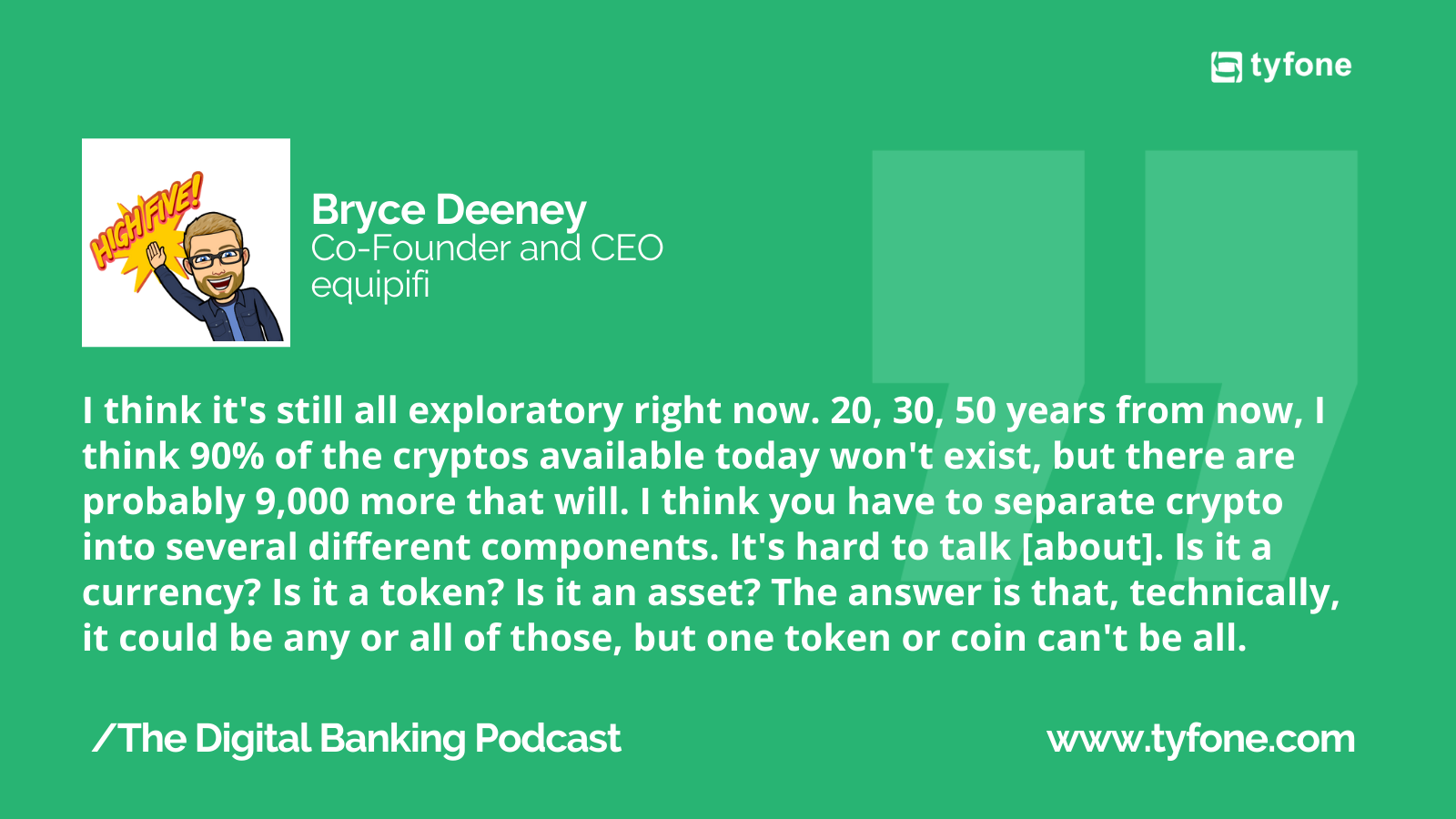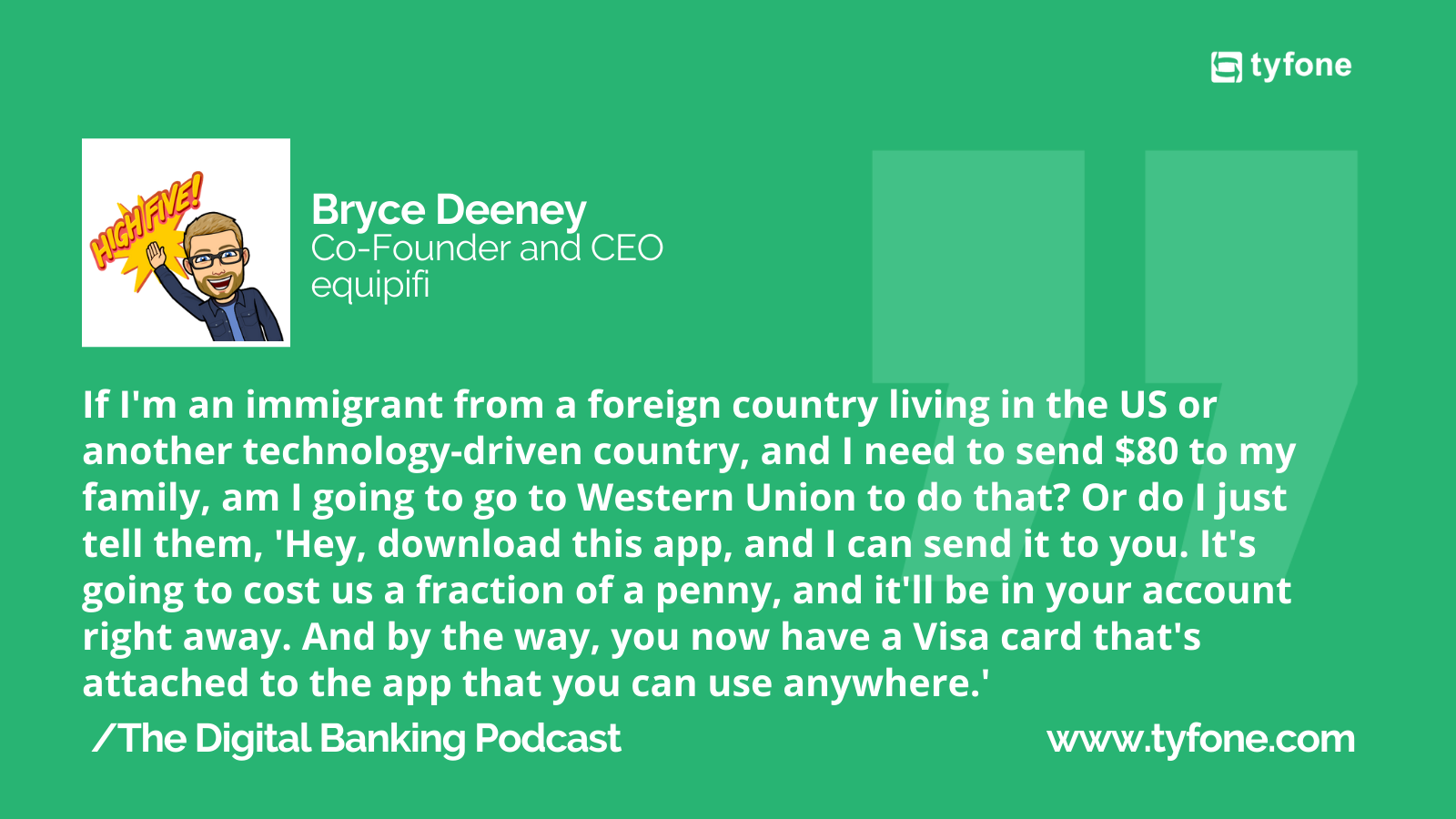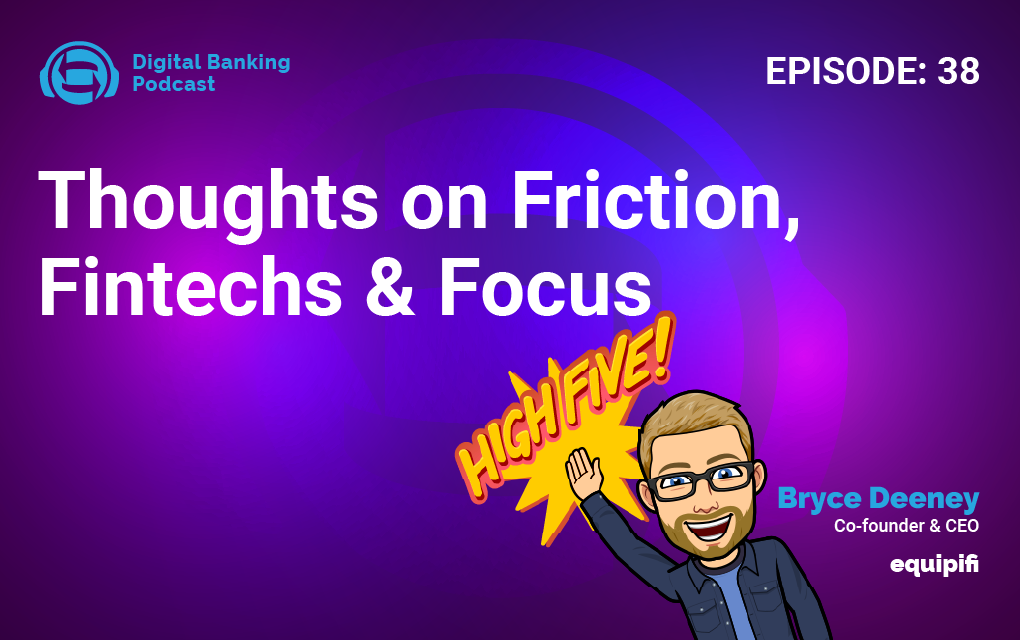How to Keep Pace in the Technology Race

Bryce Deeney
Co-founder & CEO
- When it comes to banking, customers expect a reliable, frictionless experience. First we need to define what frictionless means in the world of technology and software.
- If you want to stay competitive, you need to embrace technology-enabled innovation.
- Financial institutions and fintechs are not competitors; they are technology partners with mutual goals.
As the world becomes increasingly digitized, companies don’t have any other choice but to keep pace. Rapid technological growth has paved the way for digital transformation, and consumers now have higher expectations.
The banking sector is no exception. With the digitization of money movement and user experience, consumers expect seamless experiences from their banks and FIs. That’s why community financial institutions and credit unions can’t afford to ignore all these digital advancements. If they want to remain relevant and competitive, the only way to do that is to embrace digital innovation.
This episode of the Digital Banking Podcast featured a discussion between host Josh DeTar and equipifi CEO Bryce Deeney. Deeney’s company allows community financial institutions to go head to head with companies like Affirm and Klarna in the “buy now, pay later” (BNPL) space. The two talked about how fintech companies can help community FIs keep up with digitization while still staying true to their culture. They also discussed the future of the money movement, why the human factor will always matter, and how customers can be given a frictionless banking experience. Continue reading or tune into the episode to find out more.

We need to define what frictionless means in the world of technology and software.
Today’s savvy consumers expect a frictionless experience in everything they do. In short, they want to be able to press the “easy” button. However, creating a frictionless experience requires financial institutions to look at things through their accountholders’ eye first.
“If we’re all in a room trying to strategize how to remove friction, what we should be asking is, how would I deliver the exact user experience or member experience if I was on the other side of this device?” FIs need to remember that the goal is to remove friction for their accountholders, not themselves.

Waiting can be fatal.
In the past, many community FIs took a “wait and see” approach to new technology. The problem is that now the industry moves so fast, waiting can lead to being left behind.
“You also need to go after the 26-year-old, and they prefer a different user experience … Their money experience, from a digital perspective, is drastically different from mine as a 34-year-old. So the digitization of money movement and user experience is moving so fast that institutions can’t just set it and forget it anymore. They really need to have teams and a rollout or a partner — like your company — to think through the strategy of how we can continuously stay ahead and keep up with the fintechs or neobanks that are constantly trying to take our deposit share or lending share.”
The whole world is going digital.
According to Deeney, community FIs are making progress in their approach to technology, but there’s still a lot of work to be done. The key is being able to adapt quickly.
“Thinking about just a couple of years ago, not that long ago, it was fairly easy to build a three- to five-year roadmap and stick to it,” said Deeney. “I can’t tell you how many institutions never knew of the product that we just built and launched. They have never heard about it, and now they’re like, we now need that in the next three months.” He said that was a nice surprise for equipifi, because he expected more of a “we’ll get to it in 2023” response.
“People are understanding that the pace of business needs to keep up with the pace of technology, not the other way around,” he said.
The human element will always be there.
Community FIs have their “secret sauce,” according top Deeney. They differentiate themselves by providing a unique and personal experience. They have high-touch relationships and services built into their culture, which helps them connect with their accountholders on a deeper level. This type of connection will always matter, even in the banking sector. Bryce said community FIs should never let go of that.
“I think that’s the same for most community FIs. They have their secret sauce. Their secret sauce was never the digital lending piece or the digital online account opening piece. Leave it to the partners you’re bringing in to service those pieces and bring you up to par, but don’t ever forget your secret sauce — what’s made you special for the decades that you’ve existed.”

